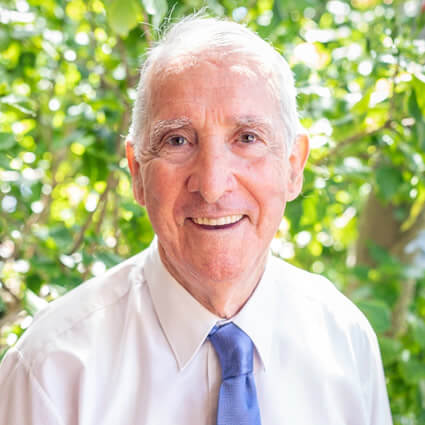 Philosophy sparked organised medicine’s continuing global trade war against traditional chiropractic.
Philosophy sparked organised medicine’s continuing global trade war against traditional chiropractic.
The philosophy of chiropractic refers to why chiropractors do what we do. It is the structure of the logic of why philosophy-subluxation-based chiropractors practise the art and science of chiropractic.
Innate intelligence is central to traditional chiropractic, but largely ignored in medical practise.
An inborn intelligence controls and coordinates life from life’s beginning until death.
All life forms require some amount of that intelligence.
An inborn intelligence oversaw the marvel of the reader’s creation.
That was when two cells united to become one cell and develop into from 34, to 37 trillion cells.
Our inborn intelligence oversees controls and coordinates our inner lives.
When that intelligence leaves our being, life ends.
As a student, I learned that innate intelligence oversees bodily processes.
That the nerves transmit messages from the body, concerning its needs, to the brain, which acts as a central processing unit for the body’s innate intelligence. Nerves transmit messages to and from the brain to the body to meet those needs.
That innate will create symptoms when that communication is disrupted.
I learned that when vertebra lose their normal position and range of motion symptoms are created.
Chiropractors refer to that disruption as “subluxation” and to the restoration as an “adjustment”.
The construction of the spinal column permits subluxations to be located and adjusted, to assist in the restoration of that transmission.
Our spine-related nervous system gives rise to diverse subluxation-related symptoms and syndromes.
The appropriate management is to locate and to remove the subluxation.
During her/his decades of practise, a chiropractor locates, adjusts, and corrects subluxations and observes the responses of thousands of patients.
We rely on the patient’s innate intelligence to confirm that an adjustment of a subluxation is appropriate by either markedly reducing or removing the subluxation-related symptom.
